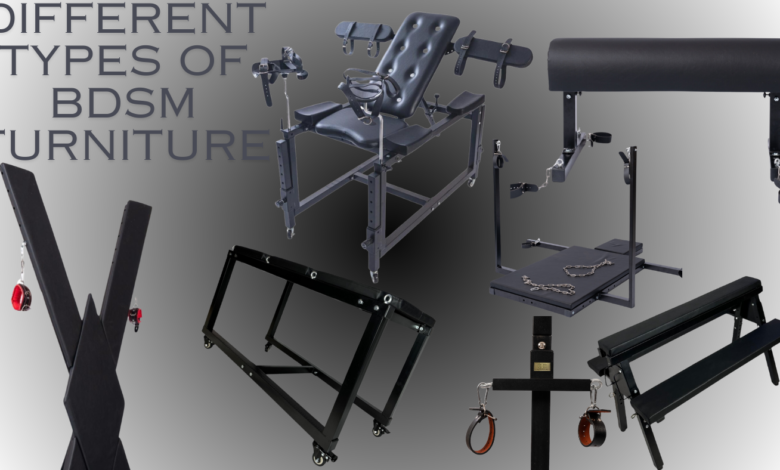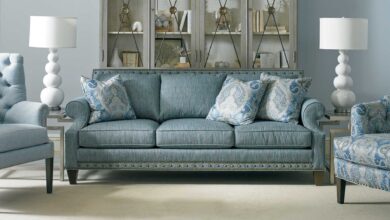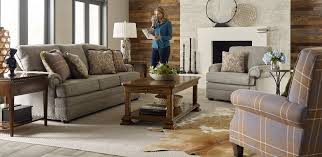Exploring BDSM Furniture: Enhancing Dynamics and Deepening Connections

BDSM furniture is specifically designed to facilitate and enhance the practices associated with Bondage, Discipline, Sadomasochism, and Dominance and submission (BDSM). Such furniture is not only functional but is also crafted to ensure safety, enhance comfort, and intensify the experience for those involved. Here we explore the various aspects of BDSM furniture, its importance in the BDSM community, and some of the most popular types.
The Role of BDSM Furniture in Enhancing Experiences
BDSM furniture plays a crucial role in the physical and psychological aspects of BDSM practices. It helps practitioners create the right ambiance, supports the physical posture or positioning needed, and ensures safety during scenes. Proper furniture can significantly enhance the connection between partners by facilitating more intense and fulfilling experiences.
Types of BDSM Furniture
- St. Andrew’s Cross: A staple in the BDSM community, this X-shaped cross is designed for restraint with attachments for wrists and ankles, allowing for standing bondage in a spreadeagled position.
- Dungeon Bed: A multifunctional piece, typically equipped with numerous points for attachment, which can be used for bondage as well as other forms of play.
- Spanking Benches: Designed to position the submissive in a way that is comfortable yet accessible for spanking or other impact play. These benches may have varying levels of padding and restraint points.
- Bondage Tables: Similar to massage tables but typically equipped with more restraint points and sometimes customized features like cages underneath.
- Queening Chairs: Designed for face-sitting and oral sex, these chairs support the dominant partner comfortably while positioning the submissive partner to receive or give oral stimulation.
- Cages and Cells: Used for confinement or the psychological thrill of captivity, these can range from small, portable designs to larger, more permanent fixtures.
Considerations for Choosing BDSM Furniture
- Safety and Comfort: The primary concern should always be the safety and comfort of the users. This includes selecting items with smooth finishes, sturdy construction, and appropriate padding where necessary.
- Size and Space: Consider the space available for storing and using the furniture. Many designs are large and require significant space, while others can be disassembled or easily stored.
- Material: Common materials include wood, metal, and leather, each offering different aesthetics, durability, and maintenance needs.
- Customizability: Many prefer custom-made pieces to suit specific preferences or dimensions, which can be more expensive but also more tailored to individual needs.
Impact on Relationship Dynamics
BDSM furniture can significantly enhance the dynamic between partners by establishing an environment that supports the power exchange and roles that are central to their interactions. It can also help in maintaining the psychological space necessary for a scene, making the physical actions more intense and the psychological experiences deeper.
Ethical Considerations and Consent
Like all aspects of BDSM, activities involving BDSM furniture should always be conducted with the full consent of all parties involved. It’s important to discuss limits, safe words, and preferences before engaging in any scene, and both parties should be aware of how to safely use the furniture.
Conclusion
BDSM furniture is more than just functional; it is symbolic within the BDSM community and plays a vital role in enhancing and facilitating the unique experiences of BDSM practices. Whether you’re just exploring or are a seasoned practitioner, understanding the various types of furniture and their intended uses can greatly enrich your BDSM experiences, making them safer, more comfortable, and more exciting.


